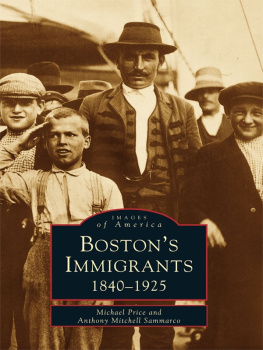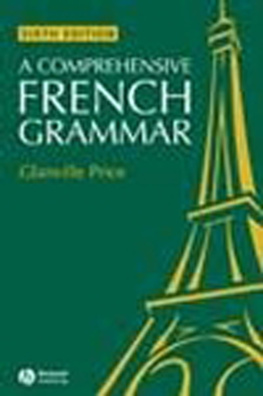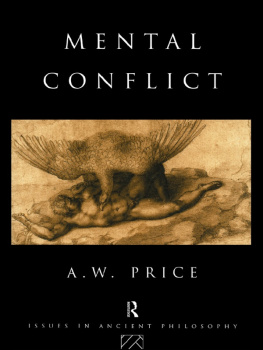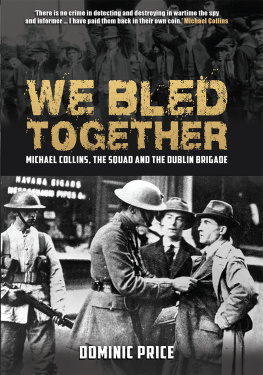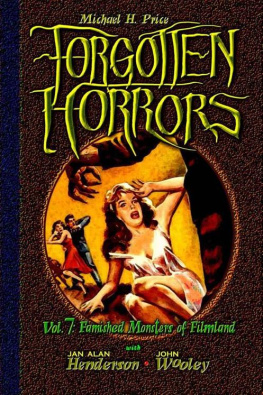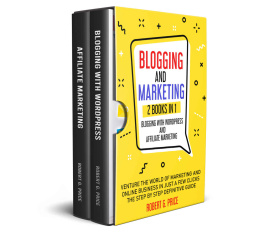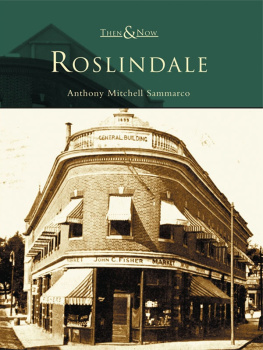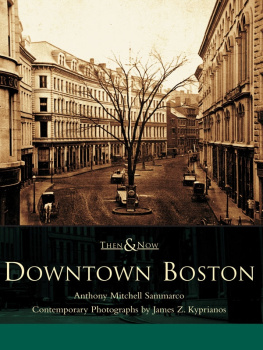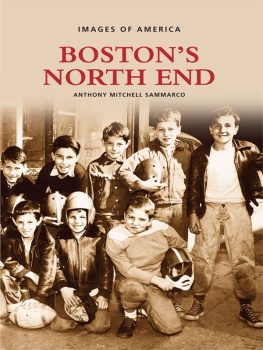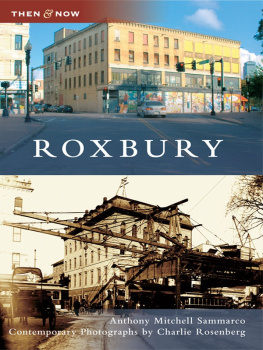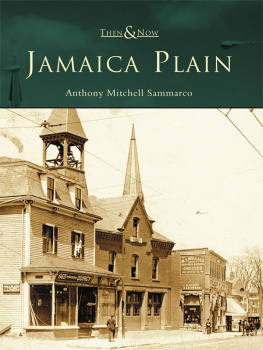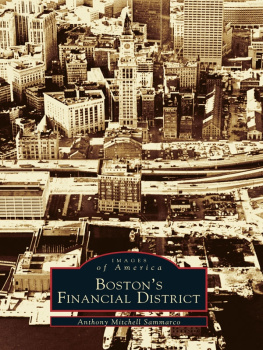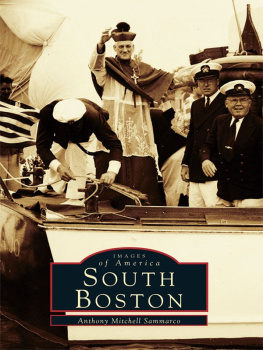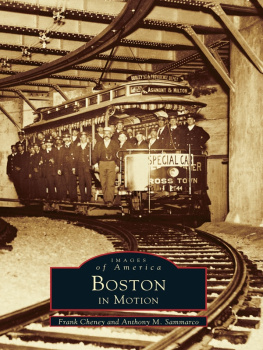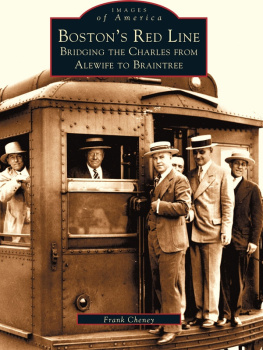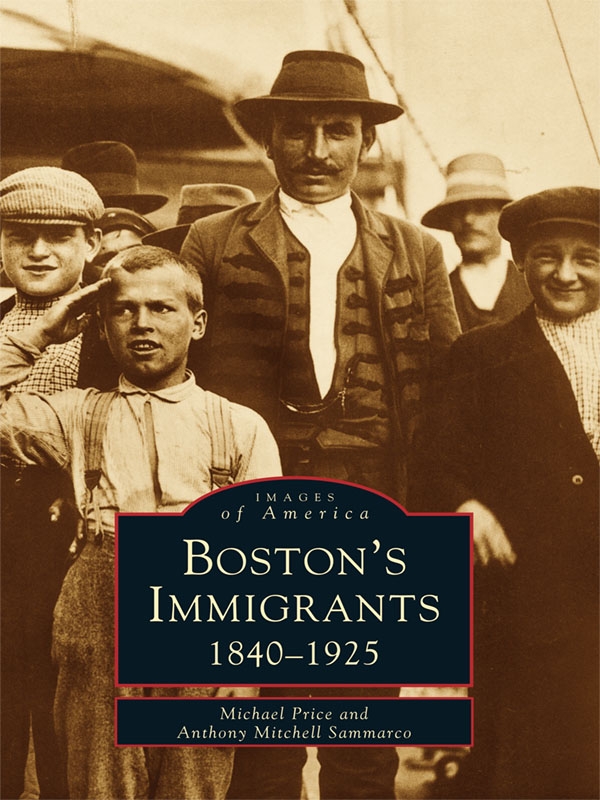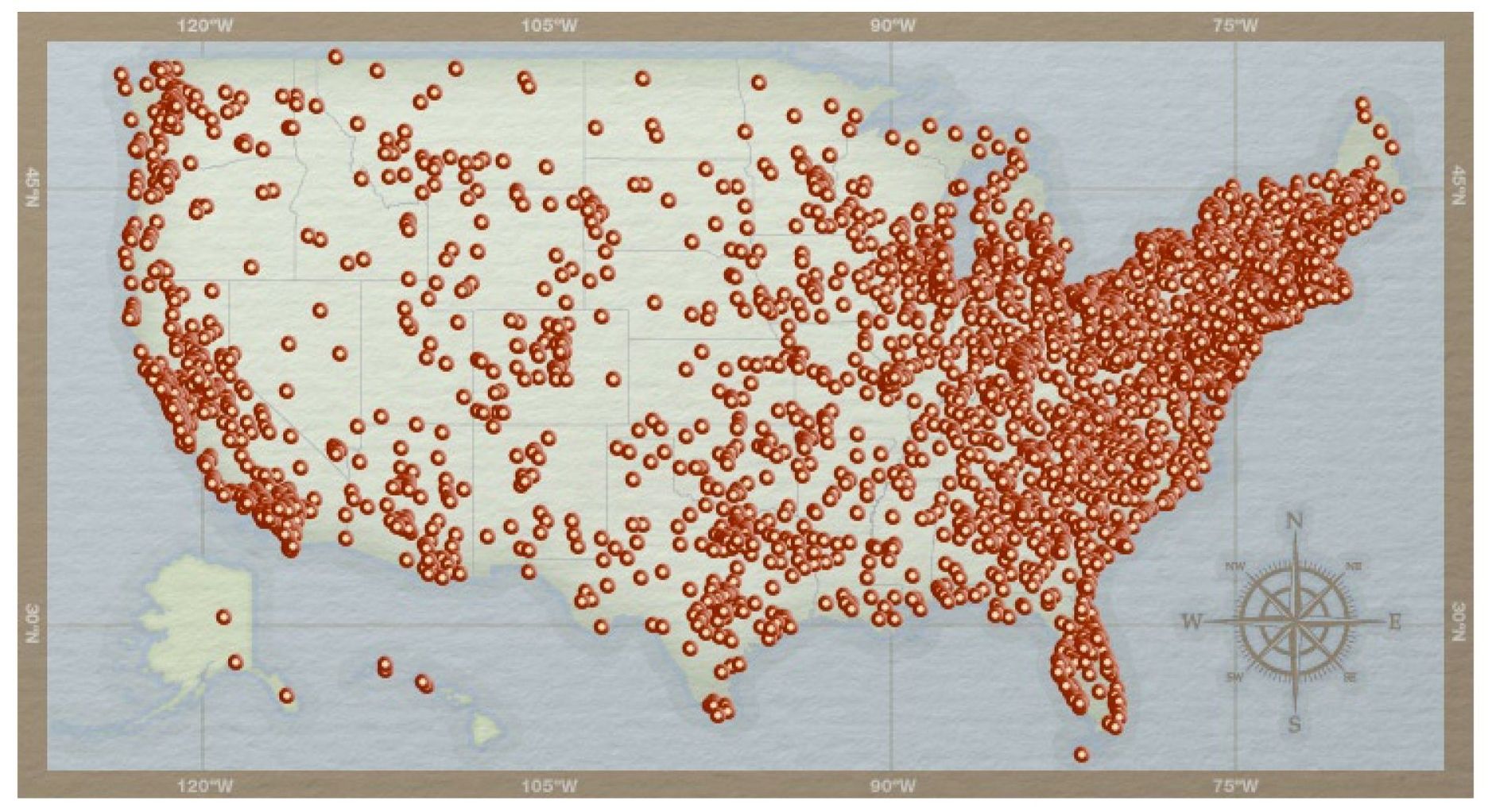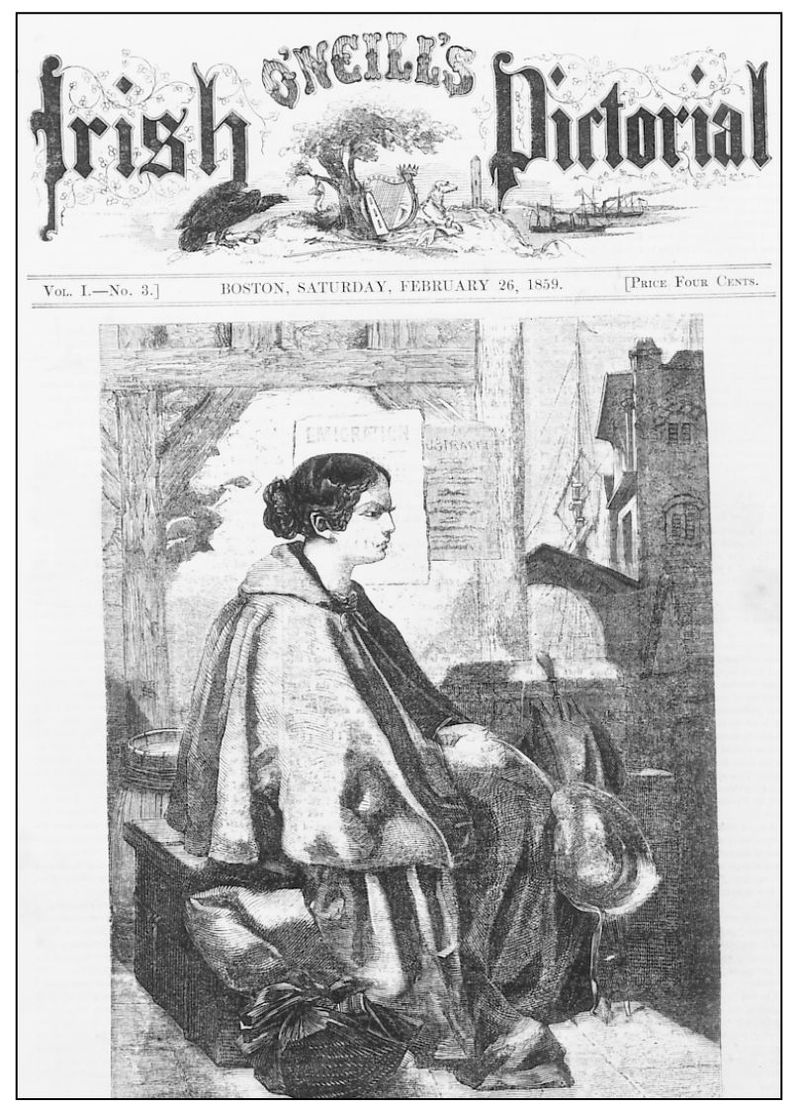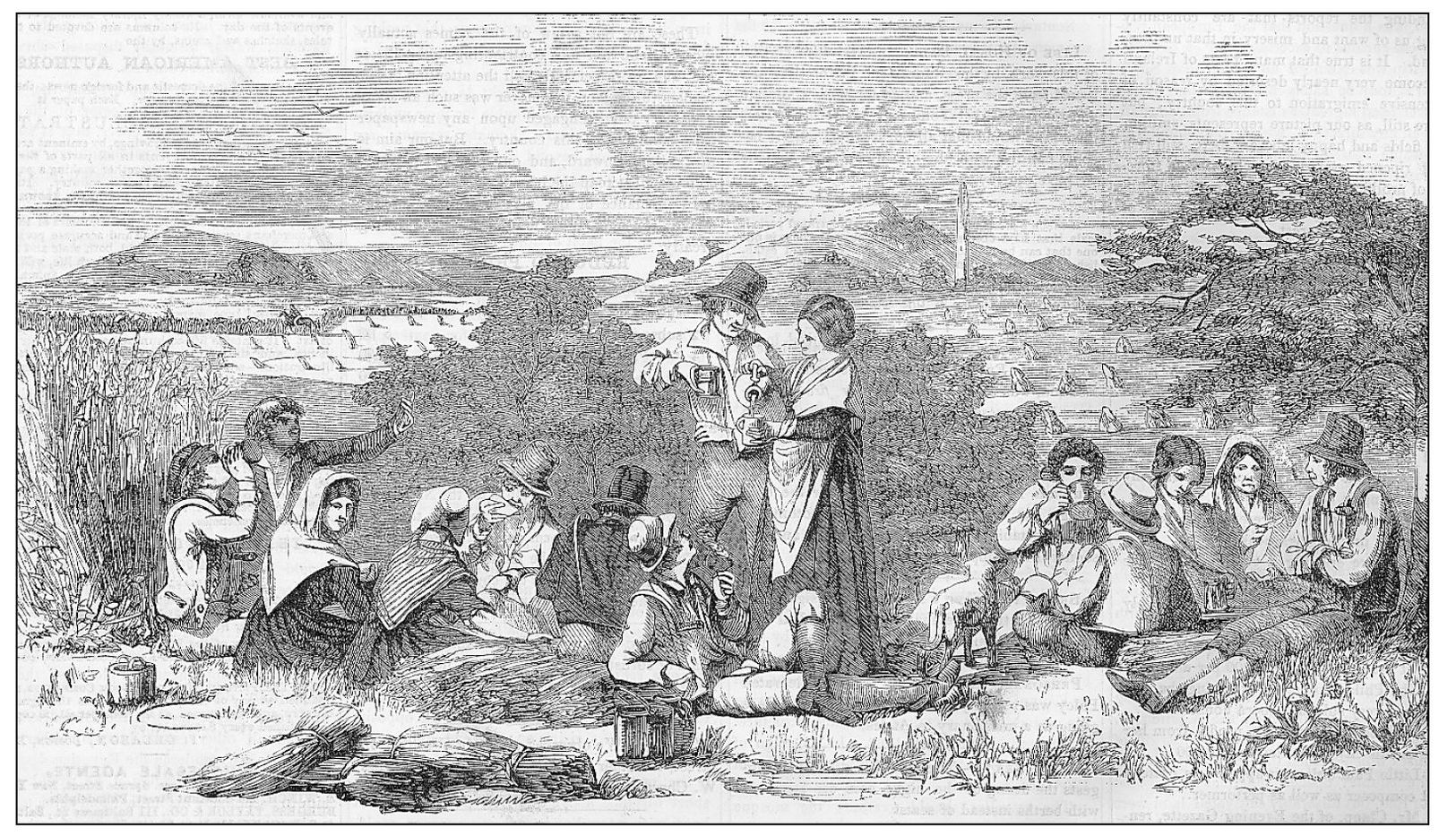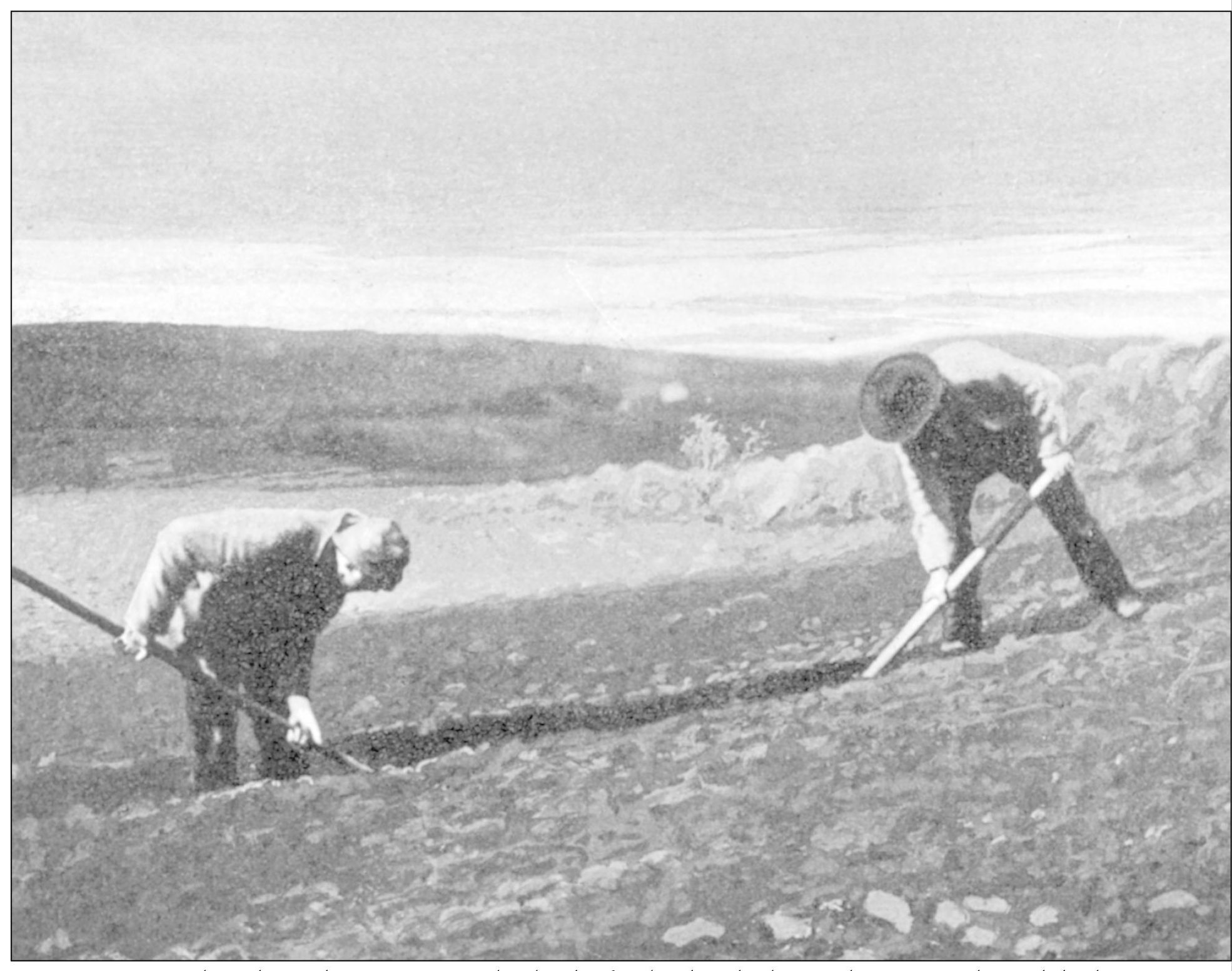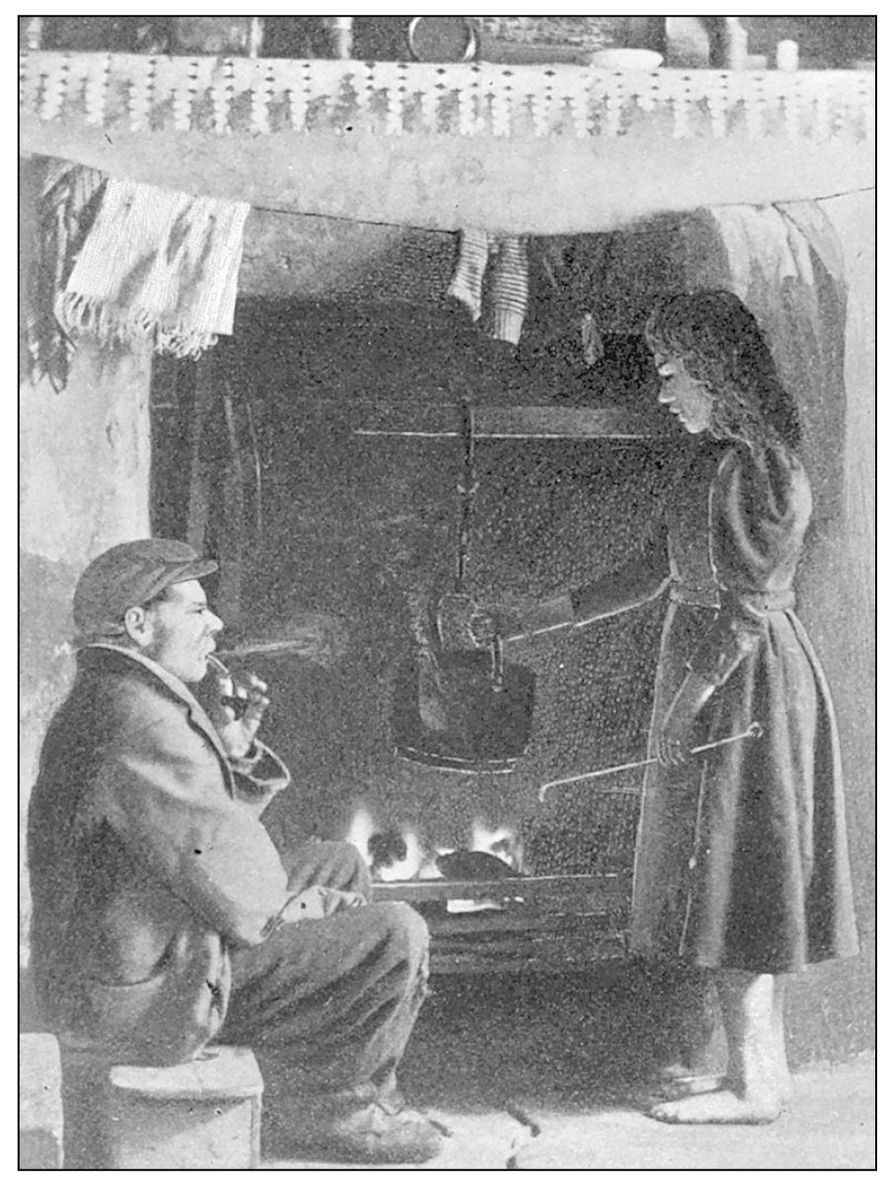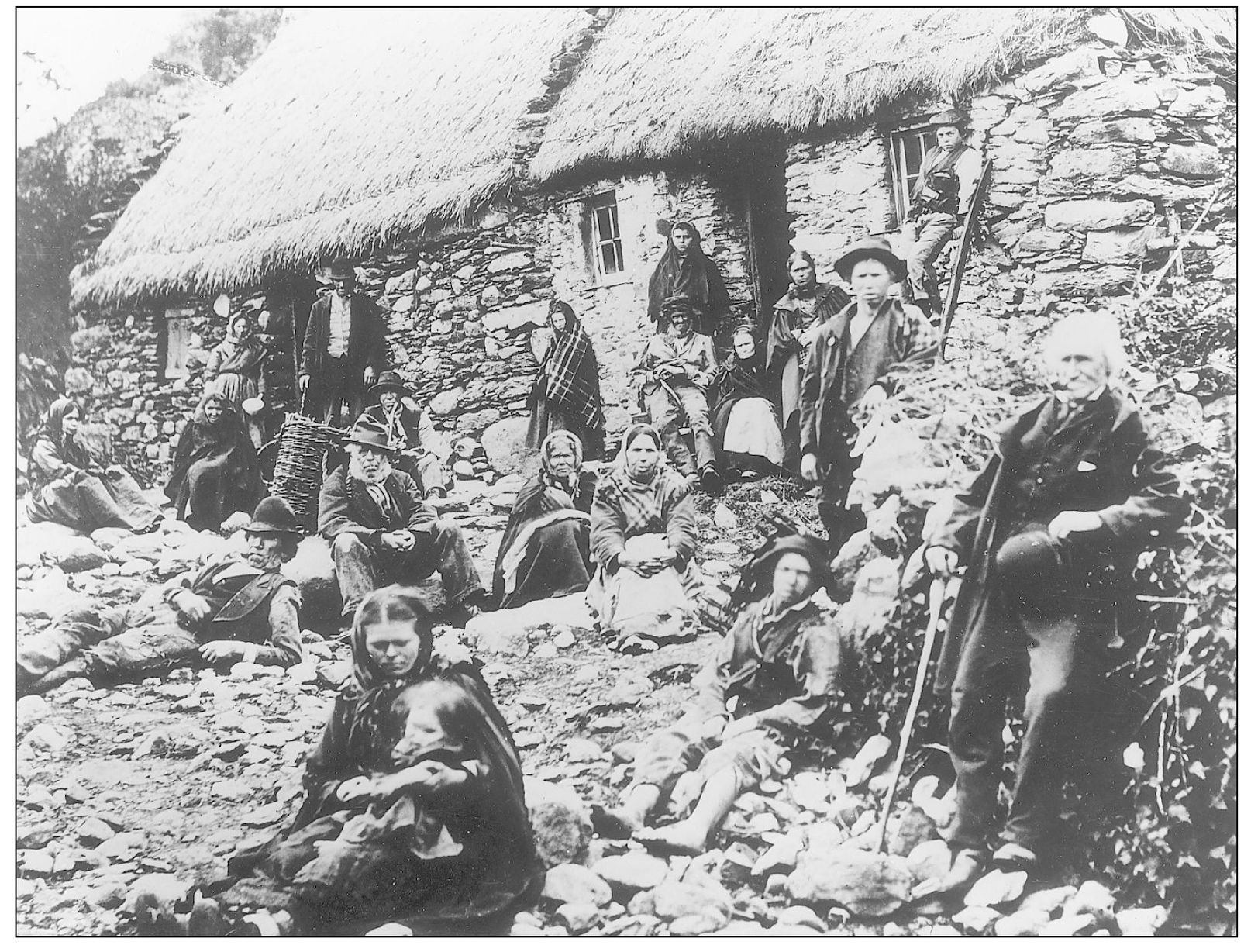Price - Bostons Immigrants
Here you can read online Price - Bostons Immigrants full text of the book (entire story) in english for free. Download pdf and epub, get meaning, cover and reviews about this ebook. year: 2000;2011, publisher: Arcadia Publishing Inc, genre: Home and family. Description of the work, (preface) as well as reviews are available. Best literature library LitArk.com created for fans of good reading and offers a wide selection of genres:
Romance novel
Science fiction
Adventure
Detective
Science
History
Home and family
Prose
Art
Politics
Computer
Non-fiction
Religion
Business
Children
Humor
Choose a favorite category and find really read worthwhile books. Enjoy immersion in the world of imagination, feel the emotions of the characters or learn something new for yourself, make an fascinating discovery.
- Book:Bostons Immigrants
- Author:
- Publisher:Arcadia Publishing Inc
- Genre:
- Year:2000;2011
- Rating:4 / 5
- Favourites:Add to favourites
- Your mark:
Bostons Immigrants: summary, description and annotation
We offer to read an annotation, description, summary or preface (depends on what the author of the book "Bostons Immigrants" wrote himself). If you haven't found the necessary information about the book — write in the comments, we will try to find it.
Boston is a city rich in the history of residents from all walks of life, every country and every ethnicity imaginable. From 1840 to 1925, Bostons diversity created a city with a thriving nexus of people who wove together a community that reflected their own unique heritage. In this lavishly illustrated book with over 200 thought-provoking and evocative photographs, Anthony Mitchell Sammarco and Michael Price have created an important book chronicling the determination, strength, and often manifold successes of immigrants who arrived in Boston. From the mid-nineteenth century when Bostons burgeoning population included one out of every three as being foreign born, the immigrants arrival at the East Boston docks increased greatly between 1840 and 1925, where they were to pass into the New World, and a new life. In chapters that deal with the immigrants before their arrival, their first perceptions, to where they went, worked, and played, this book outlines the ancestors of...
Price: author's other books
Who wrote Bostons Immigrants? Find out the surname, the name of the author of the book and a list of all author's works by series.

